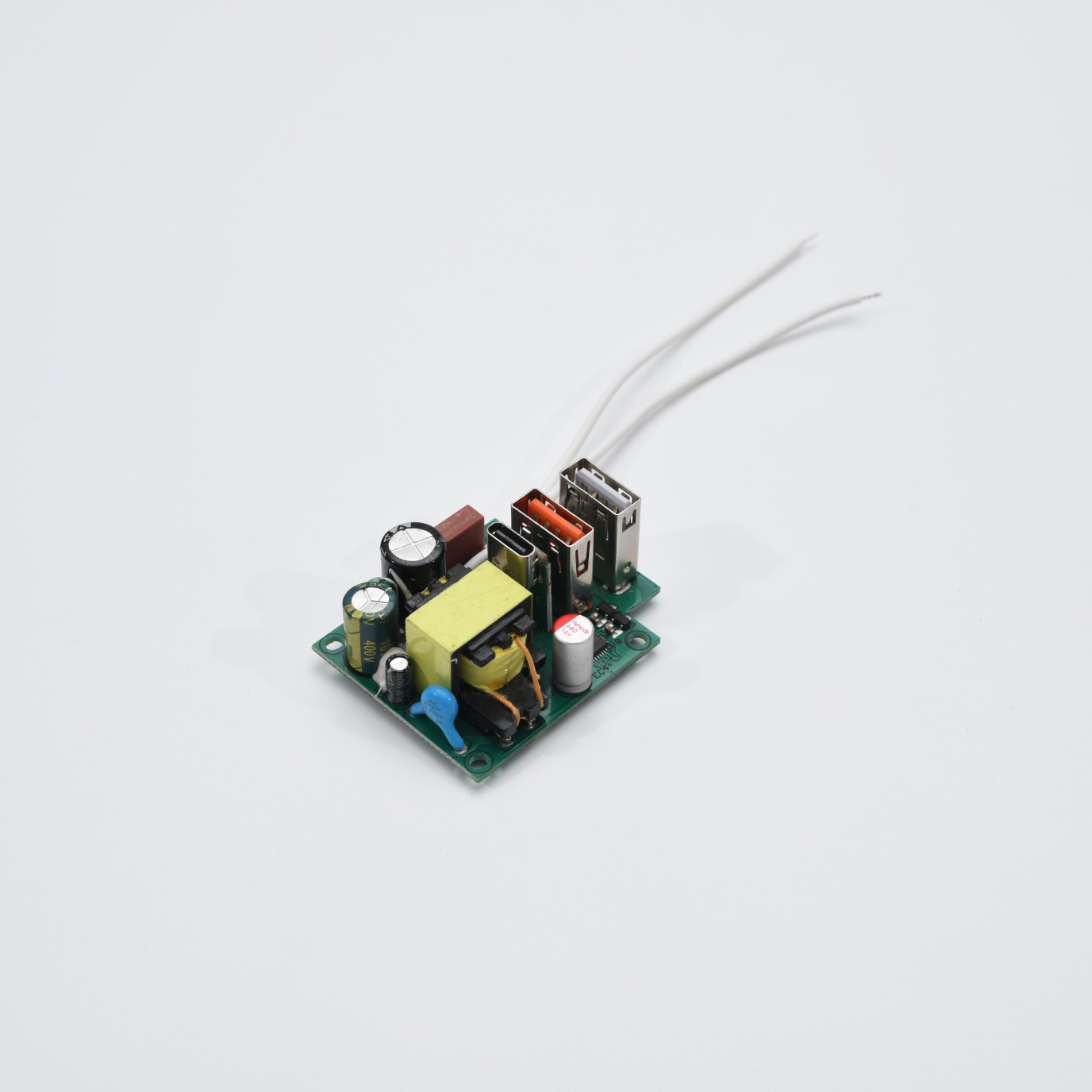Understanding the Dual Port USB-A Type-C Charger: Technology, Applications, and Maintenance
The evolution of consumer electronics has necessitated advancements in charging technology, leading to the development of versatile power delivery solutions like the Dual Port USB-A Type-C Charger. This sophisticated device represents a significant leap in charging infrastructure, combining legacy support with modern fast-charging capabilities through two distinct ports: a traditional USB-A port and a contemporary USB Type-C port. This design acknowledges the transitional period in consumer electronics where devices using both connector types coexist, providing users with a future-proof and backward-compatible charging solution. The integration of these ports into a single, compact unit embodies the industry's response to the demand for higher efficiency, greater power output, and universal compatibility.

Technical Characteristics and Specifications
The defining feature of this charger is its dual-port design, which allows for simultaneous charging of two devices. The USB-A port typically adheres to the USB 2.0 or 3.0 power delivery specifications, often supporting Qualcomm Quick Charge (QC) 3.0 or 4.0 technology. This enables the port to deliver a maximum output of up to 18W (9V/2A or 12V/1.5A) for compatible smartphones and tablets, dynamically adjusting voltage for optimal charging speed and efficiency. The accompanying USB Type-C port is built to the newer USB Power Delivery (USB-PD) Rev. 3.0 specification, a universal fast-charging standard capable of negotiating power contracts at significantly higher levels. A high-quality USB-C port can deliver up to 100W of power (20V/5A), making it suitable for charging power-hungry devices like modern laptops, premium tablets, and large-capacity power banks. However, most consumer-oriented dual-port chargers offer a combined maximum output of, for instance, 45W (e.g., 30W from the Type-C port and 15W from the USB-A port when used simultaneously) to manage thermal load and component stress effectively.
Advanced safety features are integral to its design. Protections include Over-Current Protection (OCP), which automatically cuts off power if the drawn current exceeds a safe threshold (e.g., 3.5A); Over-Voltage Protection (OVP), which safeguards against voltage spikes beyond 5.5V; Short-Circuit Protection (SCP), which disables output upon detecting a short; and Over-Temperature Protection (OTP), which throttles or halts charging if internal temperatures surpass 85°C (185°F). Furthermore, these chargers employ sophisticated ICs (Integrated Circuits) that manage power allocation intelligently. When both ports are in use, the charger dynamically distributes the available total wattage based on device priority and negotiated power contracts, ensuring safe and efficient charging for both connected devices without exceeding the adapter's maximum thermal design power.
Application Scenarios
The versatility of the Dual Port USB-A Type-C Charger makes it applicable in a wide array of scenarios. For the modern professional, it is an indispensable travel companion. A single wall charger can simultaneously power a laptop via the high-wattage USB-C PD port and a smartphone or wireless earbuds via the USB-A port, eliminating the need to carry multiple bulky chargers and simplifying packing for business trips or vacations. In office environments, it reduces cable clutter on desks, providing a centralized and efficient power source for a computer peripheral and a mobile device. Its compact form factor is ideal for use in space-constrained areas like coffee shops, airport lounges, and library carrels.
Within the Smart Home ecosystem, these chargers serve as a central hub for powering various devices. One can be permanently installed in a living room to charge a smartwatch and a gaming controller, or in a bedroom to power a tablet and a smartphone overnight. The robust safety features make them a reliable choice for unattended charging. For students and families, the ability to charge two devices at once from a single outlet is a significant convenience, reducing competition for available power sockets and streamlining the charging process for multiple phones, tablets, and portable gaming consoles. The technology is also crucial for powering newer gadget categories such as drones, stabilized gimbals, and advanced Bluetooth speakers, which often benefit from the higher, regulated power delivery of the USB-C PD standard.
Maintenance and Care Practices
Proper maintenance is essential to ensure the longevity, safety, and performance of a Dual Port USB-A Type-C Charger. Firstly, it is critical to protect the unit from physical damage. Avoid dropping it or subjecting it to strong impacts, as this can damage internal components, loosen solder joints, or crack the outer casing, potentially leading to electrical hazards. The charger should be kept in a clean, dry, and well-ventilated environment. Moisture and dust are significant adversaries; exposure to liquids can cause short circuits and corrosion, while dust accumulation inside the ports can impede connectivity and cause overheating. It is advisable to periodically inspect the ports and gently clean them with compressed air or a dry, anti-static brush if necessary.
Thermal management is another crucial aspect of maintenance. During operation, especially when delivering high power to two devices concurrently, the charger will generate heat. This is normal, but it must be allowed to dissipate effectively. Therefore, never cover the charger with fabrics, place it on a soft surface like a bed or pillow, or operate it inside a closed cabinet. Blocking the ventilation can cause heat to build up, triggering OTP frequently and potentially reducing the lifespan of the internal capacitors and transformers. It is also important to use high-quality, certified charging cables. Substandard cables with inferior wiring or incorrect resistor values can prevent proper fast-charging protocol handshakes, reduce efficiency, and even damage the charger or connected device over time. Finally, when unplugging the charger from the wall outlet, always pull from the plug itself rather than yanking the power cord, as this can damage the cable and the internal AC pin connections.








